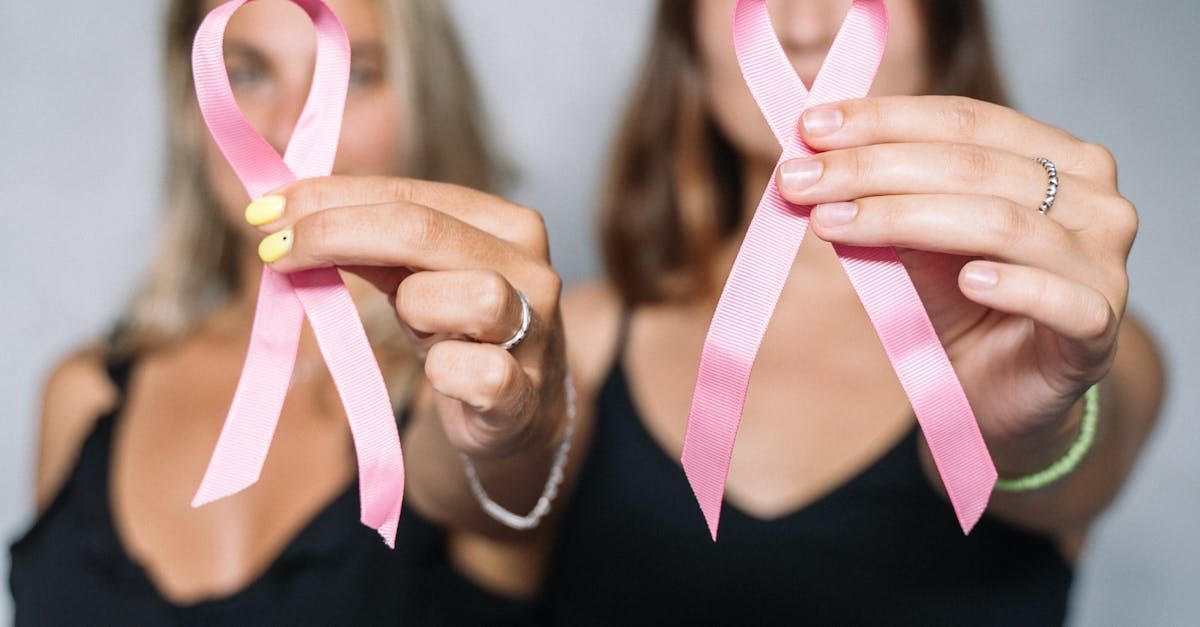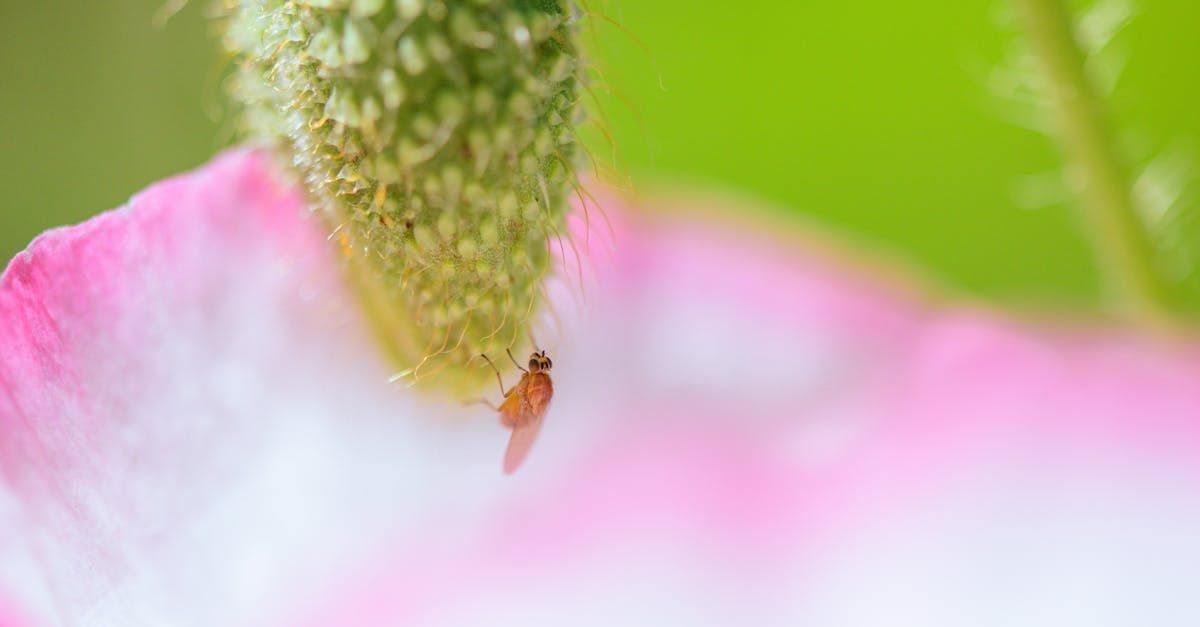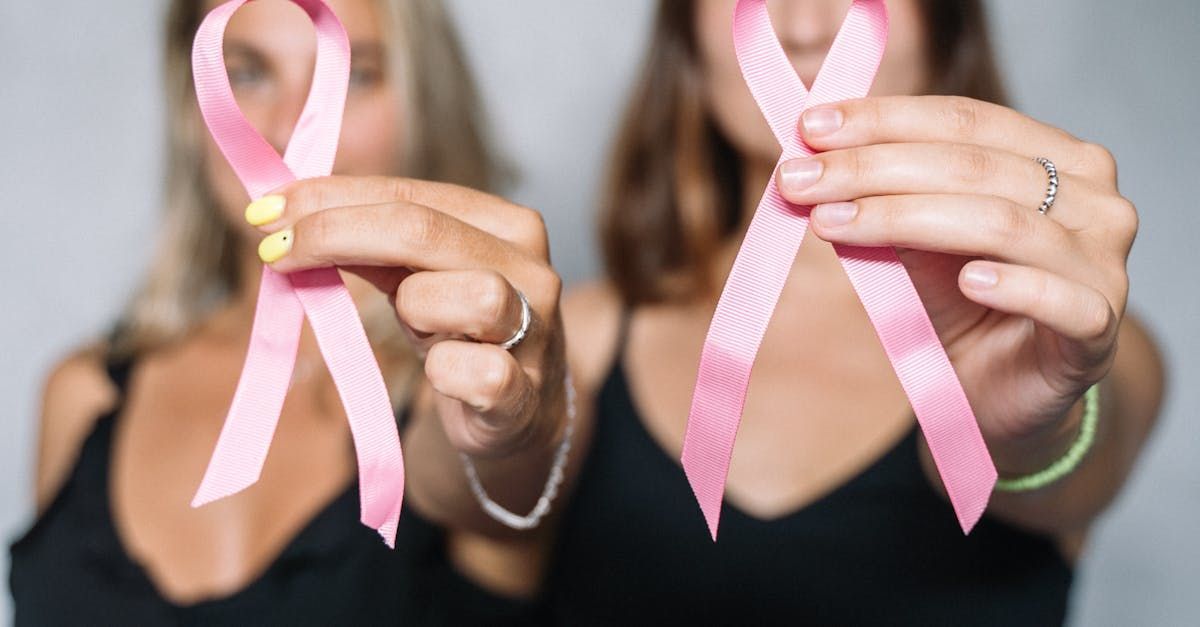8 Holistic Bug Bite Survival Hacks: Don't Let the Bugs Win
Summer is a carefree time – backyard BBQs, trips to the beach, and family camping trips. Most summertime fun can be found outdoors. But being outside can have a downside: the persistent threat of bug bites. Those tiny, buzzing creatures seem determined to interrupt our enjoyment with their itchy reminders.
But fear not! While being mindful of bugs is important, you shouldn't let them ruin your time outdoors. In this article, we'll equip you with 8 of the best holistic bug bite survival hacks to combat these unwelcome guests. We'll explore the power of natural and non-toxic solutions that can provide soothing relief and support the body's healing process. From essential oils and herbal remedies to homeopathy and healthy lifestyle practices, we'll uncover a holistic approach that goes beyond just addressing the symptoms. Embrace the great outdoors while staying one step ahead of those bugs. Let's make this summer itch-free and full of adventure!
Bug Bite Hack #1: Understanding the Enemy
Getting bit by an unknown insect can be frightening. While most bug bites are harmless, some can cause severe pain, swelling, and an allergic reaction you may have never known you had.
If you get bit, start by determining what it was that bit you. The way to best identify the culprit is to inspect the look and feel of the bite, which will determine its severity and the course of action. Here are a few common culprits and what to look for:
Mosquitoes
Bites are small, round, puffy, itchy, and red, and you will often see multiple bites in the same area.
Spiders
A single raised bump, pustule, or blister may emerge at the bite site, along with redness and tenderness. Spider bites often have two puncture marks that can help identify them. Most spiders are harmless, but some can be deadly, so it's essential to be mindful of more severe symptoms.
Ticks
There will only be a single bite, and the tick will often latch, making these easy to identify. If the tick has fallen off, the site can be red, painful, swollen, and may burn or cause a rash. (Note: some ticks can cause an allergic reaction or transfer diseases. If you find a tick embedded in your skin, it's a good idea to save it in a jar for identification and call your doctor to see what they would recommend.)
Bees
A single white spot at the puncture site helps identify a bee sting and accompanying pain, redness, swelling, tenderness, and itching. Bee stings can cause allergic reactions for some, and medical attention might be necessary.
Flies
Fly bites are itchy, sometimes painful, rash-like, small, and red.
Fleas
Bites are red, itchy, surrounded by a halo, and appear in clusters on the lower legs and feet.
Ants
Ant bites can be itchy, red, swollen, and have an intense burning sensation. White, fluid-filled pustules may appear up to a day or two after the bite.
Bug Bite Hack #2: Natural Bug Repellents
There are so many great natural bug repellents on the market. Over the years, holistic sprays and creams to repel bugs have been growing in popularity. Be sure to read reviews and check ingredients before you buy. It's also relatively simple to make your own homemade bug repellent using a few simple ingredients such as citronella oil, lemon eucalyptus, peppermint, cinnamon oil, and a carrier such as witch hazel. Search online for a simple recipe. We like this one.
When using holistic or homemade repellent, you'll avoid the toxic and harmful chemicals in many store-bought brands.
Bug Bite Hack #3: Dressing to Deter the Pests
When you know you'll be outdoors for extended periods, reduce your chance of getting bitten by selecting specific attire. For example, long sleeves and pants will protect your arms and legs. Loose-fitting clothing can repel bugs better than tight clothes like spandex or leggings, which bugs can bite through. If you can handle wearing thicker fabrics like nylon or polyester, your skin will thank you.
Bug Bite Hack #4: Bug-Proof Your Surroundings Holistically
Creating a bug-free environment in your outdoor space, whether your patio, campsite or wherever your gathering may be, can be a game-changer! Adding citronella candles, mosquito nets, and bug-repelling plants (like lemongrass and marigolds) will help repel bugs and insects and, as a bonus, will give your space a soothing and positive vibe. Take it a step further if you'd like and integrate some holistic pest management techniques such as:
- Using pheromone traps
- Minimize standing water
- Invite birds and bats into your yard
- Mow your lawn regularly
Bug Bite Hack #5: Natural Remedies
Bug bites are bound to happen, regardless of your prevention methods. Having a natural remedy on hand is a good idea for instant relief from itching, pain, and swelling. Aloe vera, witch hazel, or chamomile are all chemical-free and can help soothe symptoms. For persistent symptoms, consider using a cold compress, taking an oatmeal bath, soaking in Epsom salt, or making a simple baking soda paste to reduce itchiness and inflammation.
When these holistic bug bite remedies aren't cutting it, consider using a mindful approach or distraction method to help cope with bug bite itchiness. You may be surprised to discover the power of positive thinking, visualization exercises, and meditation in reducing perceived discomfort.
Bug Bite Hack #6: Heal Yourself From Within
Whether you are repelling bugs or finding relief from their bites, a holistic approach always begins inside the body, and bug bites are no different. Supplements like garlic and vitamin B1 can be an ideal preventative solution for people who are more prone to bug bites and are looking for an additional way to repel bugs naturally. When the bugs have already bitten, mindful nutrition and vitamin intake can help promote skin health and resilience against bug bites, such as vitamin C, vitamin E, and omega-3 fatty acids. Equipping yourself with the essentials can help make your holistic bug bite recovery quick and (mostly) painless.
Bug Bite Hack #7: Know the First-Aid Essentials
Knowing the first-aid essentials for bug bites can be crucial. Here are some important tips to remember when you get bitten:
- Clean the area with soap and water.
- Remove any stingers by scraping a flat object, like the edge of a credit card, across the stinger and removing it with your fingers.
- Apply a cold compress for 10-20 minutes.
- If the bite occurs on an arm or leg, raise it.
- Apply a natural remedy (see above) several times daily until symptoms disappear.
- Monitor for signs of infection, allergic reaction, or disease and immediately seek medical attention if any occurs.
Bug Bite Hack #8: Knowing When to Seek Medical Help
Some bug bites are too severe to treat alone, and knowing when to seek outside care is essential. If your swelling expands significantly past the point of the initial site, then you should seek medical care. Swelling in your face, throat, lips, eyes, or tongue should be treated with extra caution and taken seriously. You never want to overlook symptoms such as dizziness, trouble breathing, or difficulty swallowing, as they could be signs of a more serious reaction to the bug bite. In all these cases, call or visit your doctor or 911.
We encourage you to embrace a holistic bug bite survival mindset. Armed with these eight holistic bug bite survival hacks, you can reclaim your summer and enjoy the great outdoors without letting those pesky bugs win. From natural repellents and soothing remedies to practical prevention techniques, there's a solution for every bug bite woe. So venture out, and don't let the bugs spoil your fun. Take control and let your holistic bug bite survival hacks be your secret weapon. Happy bug-free adventures!
At Knew Health , we support our Members' holistic approach to their health, and that includes pesky bug bites! Your Membership includes Telemedicine for non-emergency bug bites, and our partnership with many Direct Primary Care Physicians can be essential for treating uncomfortable reactions.
Call us today at 855-542-0050 or schedule a one-on-one call with our Care Team so we can go over all the ways we support our Members with general health and wellness, from supplement discounts to health coaching.
Disclaimer:
This information is being provided to you for educational and informational purposes only. It is being provided to educate you about how to take care of your body and as a self-help tool for your own use so that you can reach your own health goals. It is not intended to treat or cure any specific illness and is not to replace the guidance provided by your own medical practitioner. This information is to be used at your own risk based on your own judgment. If you suspect you have a medical problem, we urge you to take appropriate action by seeking medical attention.
Sources:
Bledsoe, Andrea Ph.D. "What Bit Me? Spot These 13 Bug Bites." Everyday Health , 23 Apr. 2001, www.everydayhealth.com/skin-and-beauty-photos/how-to-identify-common-bug-bites.aspx.
Hepler, Linda RN. "First Aid for Bites and Stings." Healthline, 25 Jul. 2016, www.healthline.com/health/first-aid/bites-stings.
"Insect Bites and Stings: First Aid." Mayo Clinic, 8 Mar. 2022, www.mayoclinic.org/first-aid/first-aid-insect-bites/basics/art-20056593.
Selner, Marissa, and Elijah Wolfson. "Identifying Bug Bites and Stings, and How To Treat Them." Healthline, 18 Aug. 2017, www.healthline.com/health/bug-bites.










